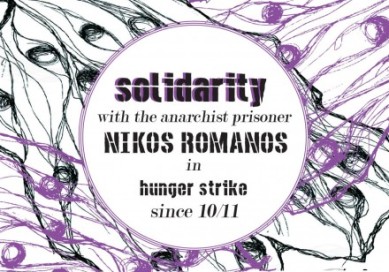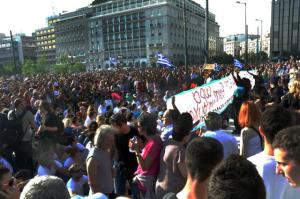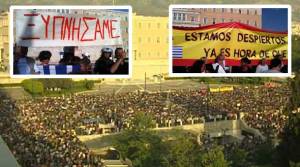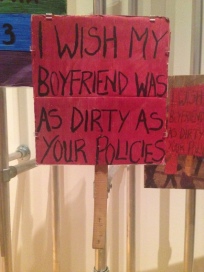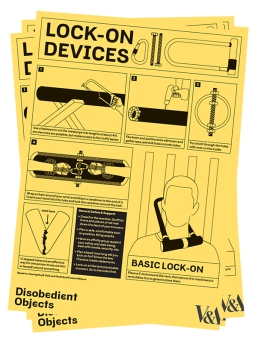Two weeks ago I wrote a blog post about the case of Nikos Romanos.Finally,two days ago a solution was found as the Minister of Justice Mr Charalampos Athanasiou changed the existing law with a new one that gives the right to all candidates (prisoners)who succeed in their exams ,to attend classes in their schools,with the so-called ” electronic wristband” after completing the first two months of courses from distance .The only opposition in this feature is a legitimate negative decision of the Judicial Council
Before this decision was made the situation was unrestrained especially the day of the anniversary of the death of Alexandros Grigoropoulos.At the 6th of December the centrer of Athens was “on fire” and many episodes between the police and protesters took place.Finally 4 days after Nikos Romanos stop his hunger strike.
This case is going to be analysed in terms of power and counter power as the power-holders where the ones who where actually asked and forced by social actors to find a solution.Of course their decision was not based only on justice but on political motives as well as the political system in Greece is in crisis and the opposition party SYRIZA seems to gain more and more supporters.
To begin with , according to Castells power is “the capacity of a social actor to impose its will over other social actors.” (Castells,2007:239)At this case, the government and especially the leading party of New Democracy kept a really strict position to this issue.Until December the 9th New Democracy was stating that there were law restrictions and that it would be too dangerous to let that criminal attend school after all these crimes that he had committed.Thus their power was exercised through law and regulation
New Democracy showed a really vengeful face towards that boy who became actually what he became because he stopped believing to state institutions.Remember that :
1.When he was 15 years old his best friend was shot by a policeman in front of his eyes
2.After this tragic event and when he was in psychological recovery the advocates of the defendant(Korkoneas) never stopped searching everywhere for him(through calls and visits at his school) in order to persuade him to testify at court.
3.Fours after, when he got arrested policemen beat him so much that they distorted his face.
Therefore, the government needed to consider that this person’s teenage years and memories where destroyed because of actions for which the state was responsible.Romanos of course has committed crimes and he definitely needs to pay for them.The thing is that the state should work on starting building a circle of trust with him.
On the other hand, counter – power is “the capacity of a social actor to resist and challenge power relations that are institutionalized.” (Castells,2007:239). At this specific case there where many social actors who supported the request of Nikos Romanos:protesters,movements,media as well as the opposition party SYRIZA and PASOK(the party that is a member of the government).More specifically both parties proposed two different law suggestions. Someone might say that these parties can not be characterised as social factors because they are institutionalized.The thing is though ,that none of them had majority and power to determine the outcome of this case.
Even though the groups that supported Nikos Romanos were quite different in terms of views,opinions and ideologies they had a common request:they wanted Nikos Romanos to stay alive and the Government to change the law. Also when it comes to discourse,their discourse (especially the political discourse of SYRIZA)was full of appeals to emotion and really affected public opinion as well as the outcome of this case. The government was attacked by everyone and was presented as a potential murderer.Thus it was verified that ” a discourse can be both an instrument and an effect of powerpower, but also a hindrance, a stumbling point of resistance and a starting point for an opposing strategy.Discourse transmits and produces power ,it reinforces it ,but also undermines end exposes it,renders it fragile and makes it possible to thwart”.(History of sexuality p.100-1).



